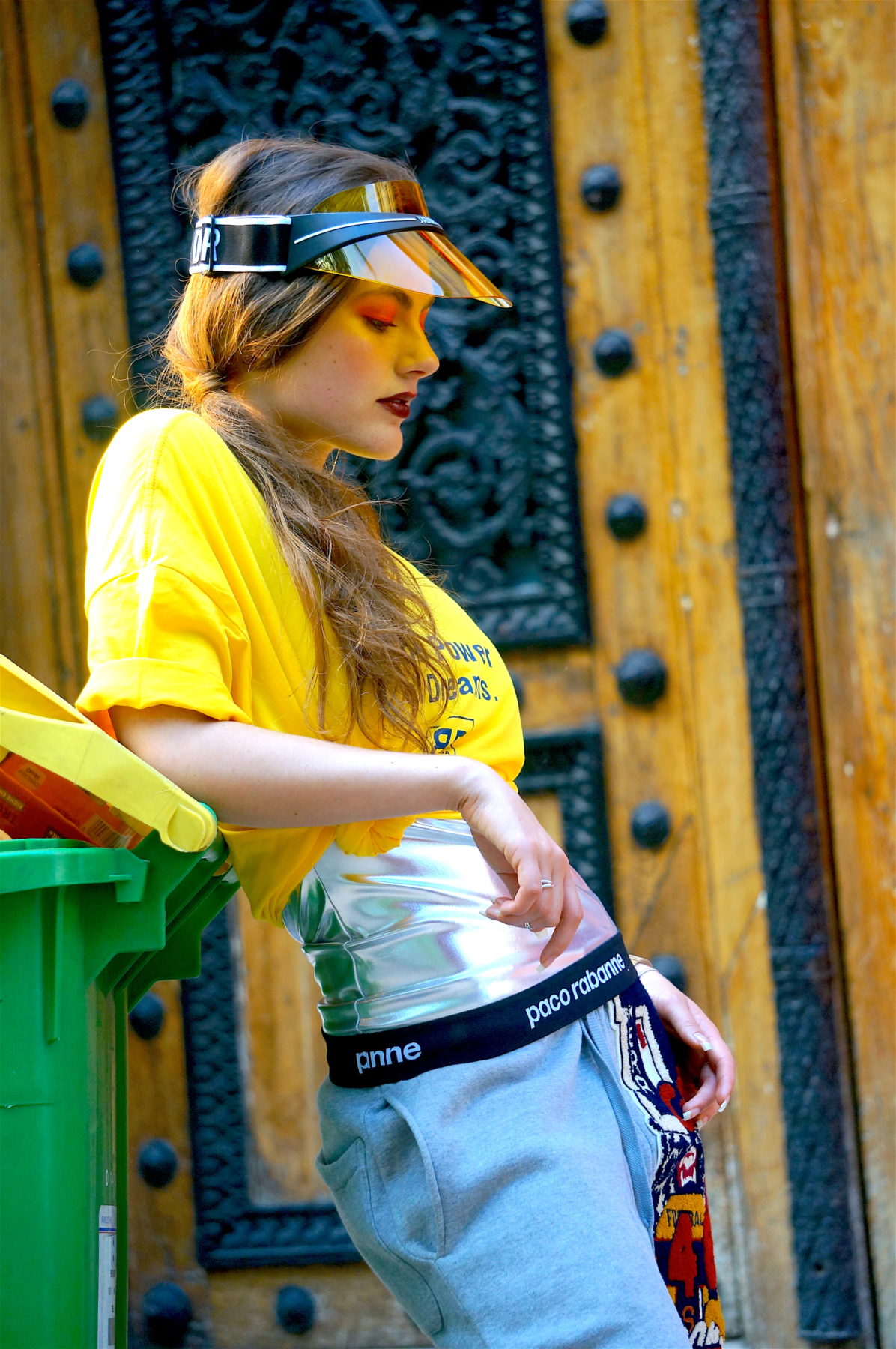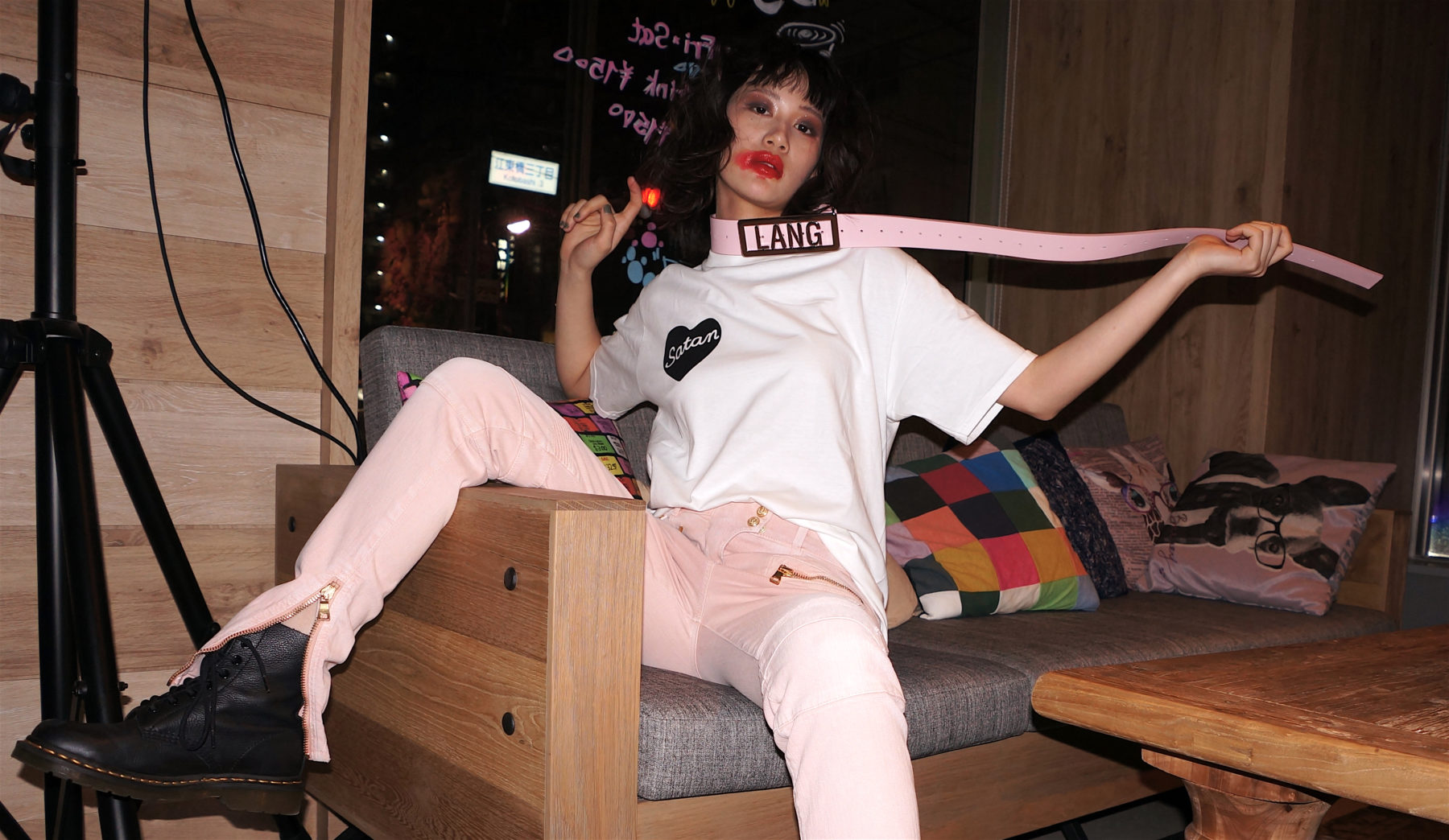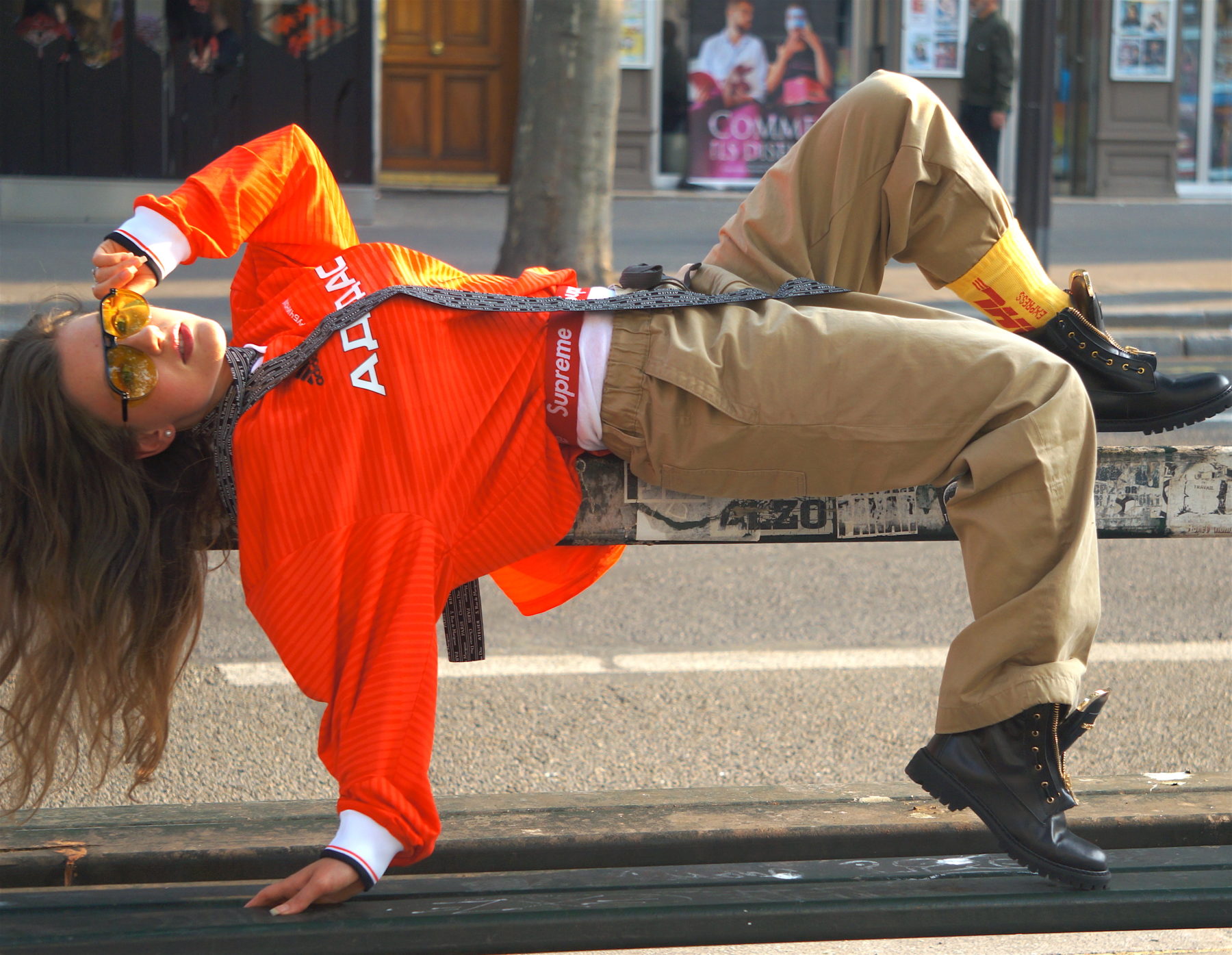
In December 2020, in an interview with Dazed magazine Virgil Abloh proclaimed that streetwear is dead. Although this statement came as a shock to most, it is not surprising at all given the cyclic nature of fashion trends. It was more ironic though coming from a person like him as Virgil Abloh and company are as much responsible for the death of this current cycle of streetwear trend as they are for popularizing it.
Whether it was due to the collaborations that were merely cut and paste logos of collaborating brands, exclusive drops that were so frequent that they went against the value of being either exclusive or elusive or an embrace of social media influencers in an effort to substitute substance with hype, the need for constant growth and bigger profits diluted the DNA of streetwear to such an extent that it not only damaged the long-term authenticity of these ‘hype’ brands but also accelerated the trend into mainstream culture – a place where fashion typically goes to die.
Whether it was Pierre Cardin opting to do ready to wear in the '60s, Vivienne Westwood putting punk on the runway in the '70s or Versace showing denim jeans as high fashion in the '80s, the influence of streetwear on designers has been strong and consistent.
––Ali Khan

Top image: High neck pullover by Prada ©AliKhan
With globalization and the rapid use of social media amid the ongoing communication revolution, it is true that the current trend of streetwear has been able to influence high fashion more so than ever before. However, it is not a new phenomenon. Streetwear has been influencing high end fashion for decades. Whether it was Pierre Cardin opting to do ready to wear in the ’60s, Vivienne Westwood putting punk on the runway in the ’70s or Versace showing denim jeans as high fashion in the ’80s, the influence of streetwear on designers has been strong and consistent.
Even through the restrained and deconstructed anti-fashion period of the ’90s, the two most influential designers of that decade, Prada and Helmut Lang, further solidified the perpetuality of street values into high fashion by incorporating them permanently into their brand’s design DNA. However, until this point, and despite all the street influence, high fashion was unmistakably high fashion; the designer brands at large could never be mistaken for a streetwear brand.

The current iteration of street influence and its mixing with high fashion can be traced back to the establishment of labels like A Bathing Ape and Mastermind coming out of Japan in the ‘90s. These brands started with a basic objective: bring high end fabrication and construction quality to a market that usually lacks both to meet a certain price point. This strategy immediately elevated these brands into designer price points and hence put them wrongly into the high fashion universe. The current cycle of streetwear’s influence on fashion had officially begun, blurring the lines between street and high fashion and giving birth to categories like ‘Luxury Streetwear’. The last decade has seen this phenomenon handled masterfully at times (Demna Gvasalia, Kim Jones, Hiroshi Fujiwara) and disastrously at others (Amiri).
However, amongst the scores of designers who have contributed into this phenomenon, if there was one person who can be credited as the leader of this movement – it would be Shayne Oliver and his genre-breaking collections at Hood By Air. But to label Shayne Oliver simply as a streetwear designer is a disservice to his contributions to high fashion. Too often, he, along with Demna Gvasalia, are mistakenly labeled as streetwear designers. While no doubt they have strong roots in streetwear, they are both skilled designers and their street influence comes not from hype culture but from their own lived experiences. Clearly what they present on the runway is anything but simple streetwear and the unwarranted abuse they sometime face for expressing that authenticity in their clothes further points to a dying movement that is so closed off to anything new (explains why it is so over reliant on hype and never-ending collaborations) for fears that it might get snatched from the hands of these established players.
The peak of this trend can arguably be identified as the collaboration between Supreme and Louis Vuitton (LV) for the LV’s Fall 2017 Menswear collection. Deemed as the most sought-after collection by streetwear aficionados, and having an obnoxiously high resale value, the collection was thought to be a risky move for a luxury brand like LV to associate itself with a streetwear brand. Interestingly, however, while LV reaped the rewards of the collection by buying some much-needed street cred and ‘cool’, it was actually Supreme that was criticized by its core customers and accused of selling out.
For years, Supreme had been able to create a mystique and maintain a cult following of die-hard customers through a carefully controlled business plan that actually borrowed key principles of the luxury business model: scarcity, exclusivity and elusiveness, all the while selling at an extremely accessible price point to maintain its core urban skateboarding customers. The LV collaboration brought to Supreme throngs of new customers that were rich, susceptible to hype and desperate to be fashionable. To its credit, Supreme, for the three years since the collaboration (until its recent acquisition) stuck to its decades-old strategy, overcoming any temptation to rapidly expand and hence still commanded the loyalty of its core customers.

Within the design houses, around this time, another clear shift was taking place. The emphasis on calling the design head ‘creative director’ and not a designer (as it was traditionally known) was becoming common practice. This was not a co-incident and directly corresponded to the misguided hiring of these streetwear designers atop luxury brands. Matthew M Williams at Givenchy and Virgil Abloh at Louis Vuitton are a few such examples whose collections have found a new audience but also alienated others, and more importantly failed to bring anything new to the fashion conversation. Their lack of understanding of what luxury and high fashion is has been obvious, and the limits in the skills and vocabulary of these designers have been well documented in the various independent reviews of their collections. This is especially visible in womenswear, which is generally more intricate and complex in its cut and fit. It has no doubt played a role in accelerating the demise of the streetwear trend from high fashion itself.
The recent acquisition of Supreme by VF Corp, as well as the acquisition of Stone Island by Moncler further points to the end of this era. The message is clear: The streetwear wave that these (and countless other brands) were riding is dwindling down and it’s time to find an investor with deep pockets to manage these brands for the future. And although these brands will survive and grow, they will now take their place as institutions of mainstream street style within the sphere of fashion pop culture. Their days of influencing fashion are over. The same could not be said for the hundreds of other streetwear brands that have popped up in the last decade with very little authentic heritage to call its own. Palm Angels, Heron Preston, Ambush to name a few. Think Miss Sixty, Energie from the ’90s – brands that are specifically established to cash in on a growing trend and immediately feel out of place once the trend is dead – a common occurrence in fashion that happens every decade.

Yes, streetwear as Abloh knows it and has come to influence, might be dying, but streetwear in its authenticity will live on. Streetwear by nature is anti-fashion and the word itself vaguely describes a newly-developing culture through an interaction of artists with diverse backgrounds, talents and visions. It is not meant to become an institution and is not comfortable in the spotlight. So, as words like ‘sneakerhead’ and ‘oversize hoodie’ now become part of the mainstream vocabulary permanently, there is one thing we can be sure of about high fashion: it does not like the mainstream. The fashion forward crowd, the early adopters, have long moved on from streetwear seasons ago.
The next decade, like all the previous ones will be defined by a new group of designers, and those designers can be anywhere in the world right now, most probably struggling to stay afloat, unknown to the mainstream until the tide of trend turns in their favor. Streetwear hence will not die, it will merely reinvent again for and through a new generation of youth, cleansing itself of the old and irrelevant and authentically catering to the subcultures that it belongs to without the pretensions of high fashion.
Return to the exhibition page here
Ali Khan is a Doha-based Luxury and Fashion Consultant with a diversified experience that includes, design, forecasting, merchandising, retail and academics and uniquely encompasses a mix of high-end luxury and street fashion. His academic affiliations include such prestigious schools as HEC Paris, the Royal College of Art London, FIT New York and VCUarts Qatar, where is an Associate Professor of Fashion.
His award-winning works have been showcased consistently in New York and London and are part of the permanent collection at the Museum of Art in Nelson, New Zealand. He is regularly invited to fashion weeks around the globe as an influencer, publishing his reviews and photography in various academic journals and fashion magazines as well presenting his research at design conferences around the world.
Related Topics
Community Spirit
2021